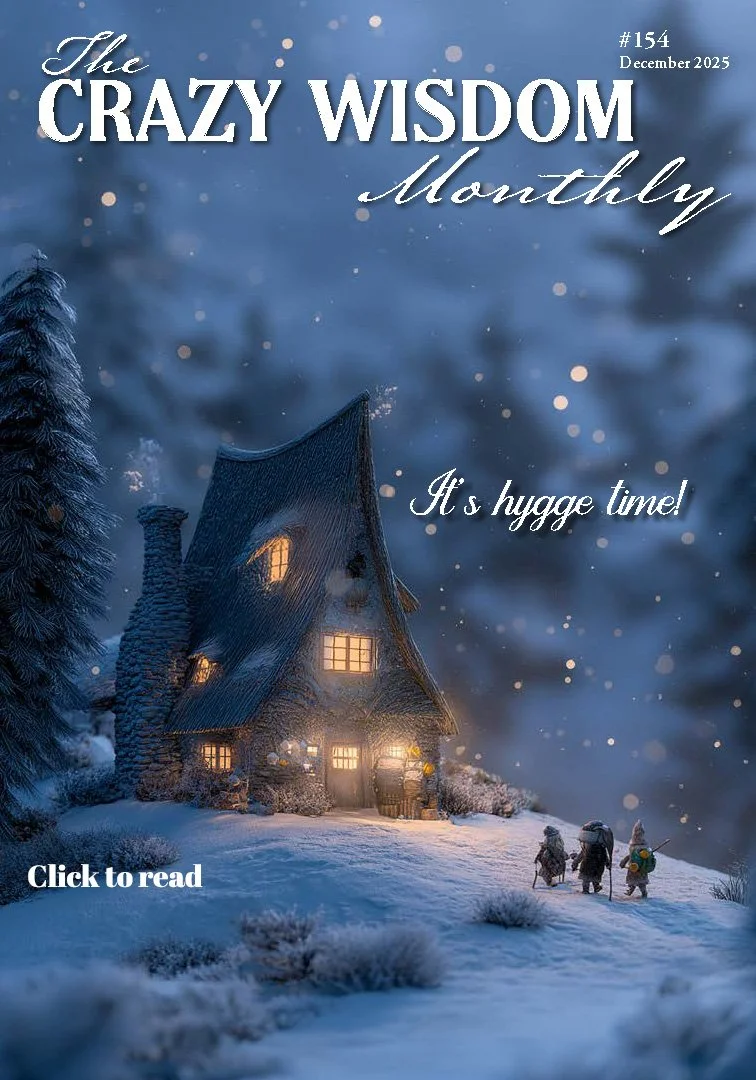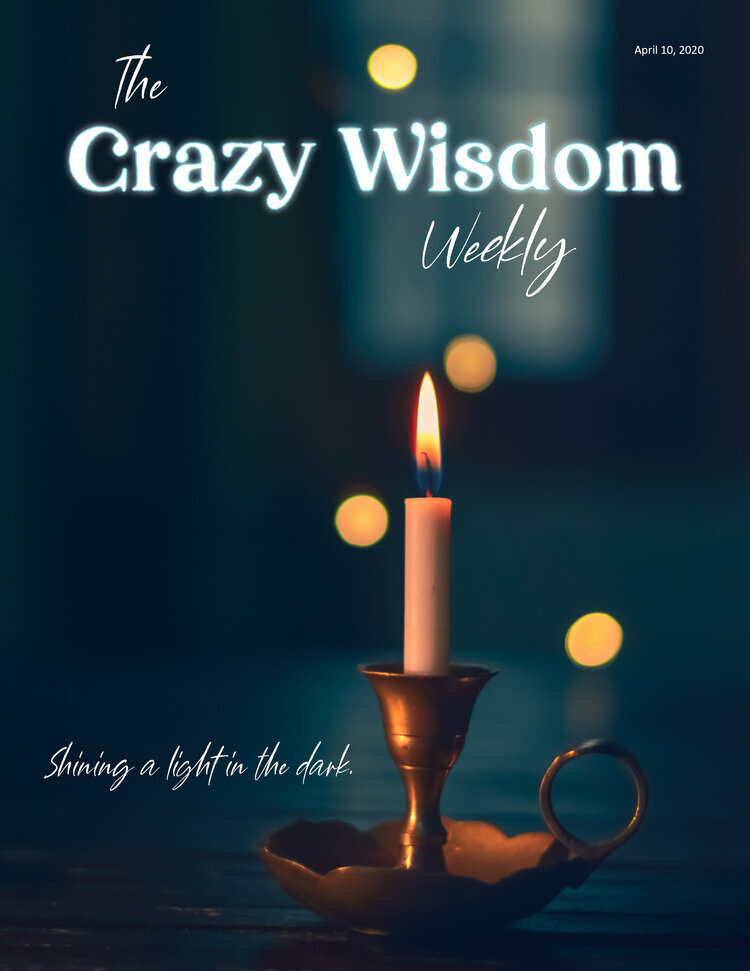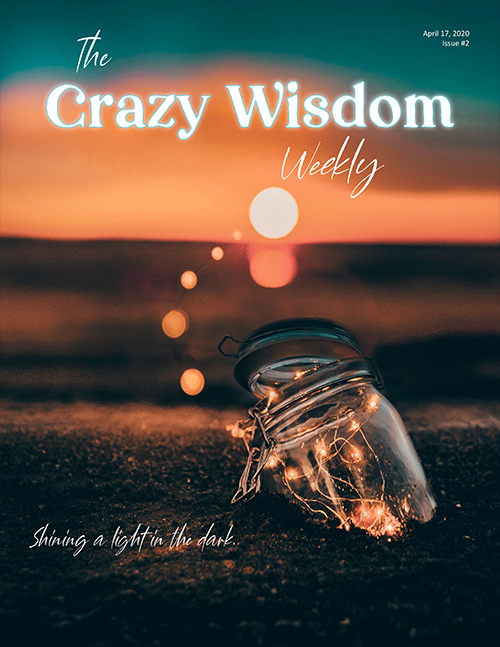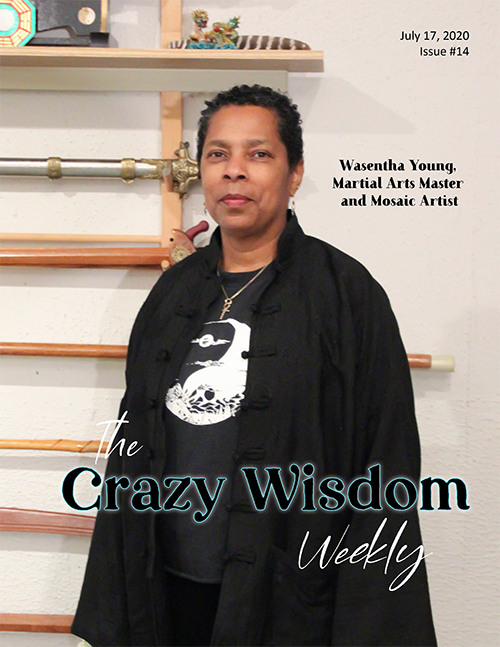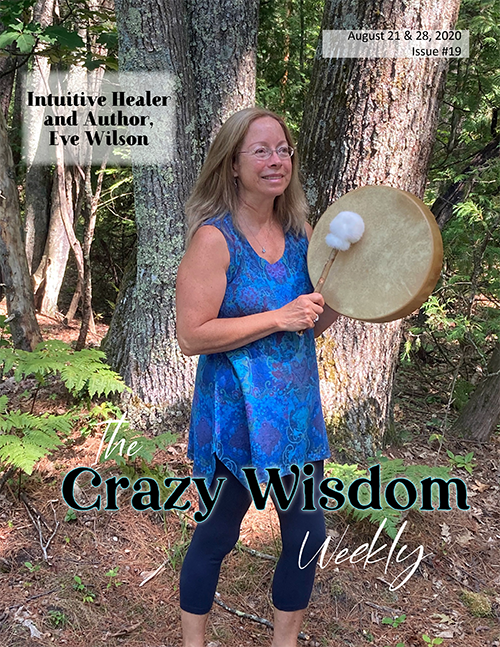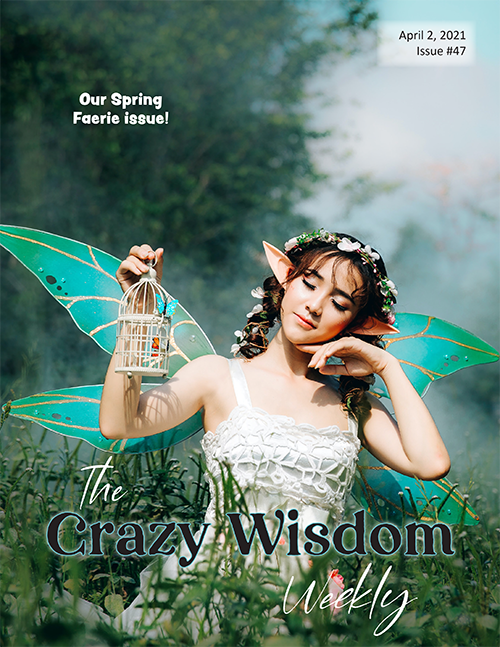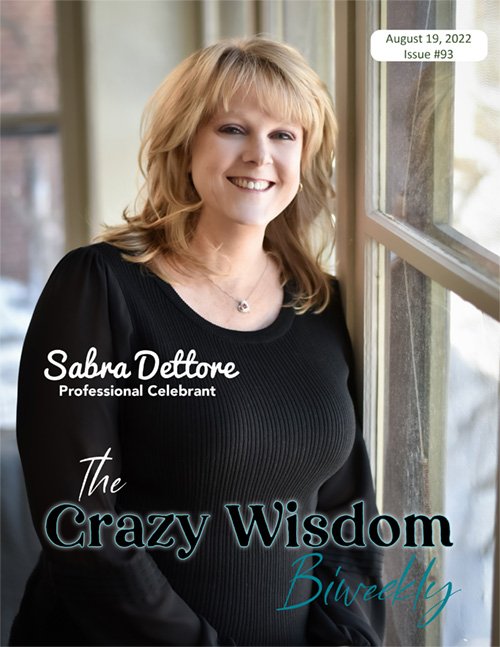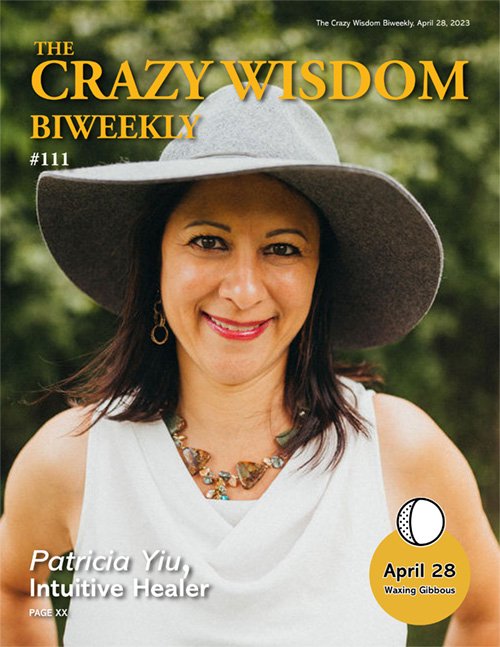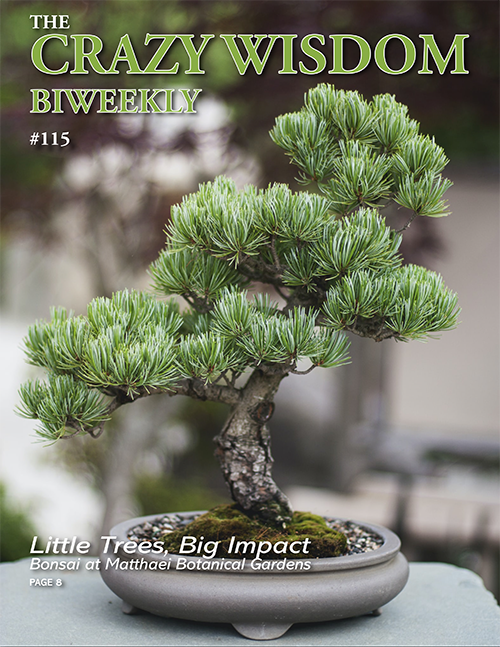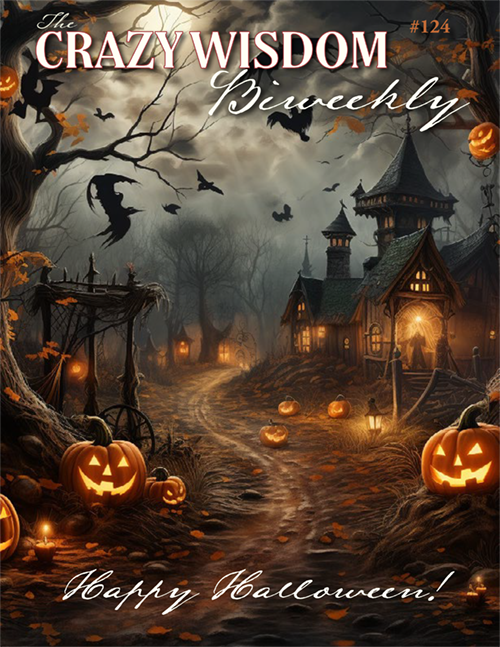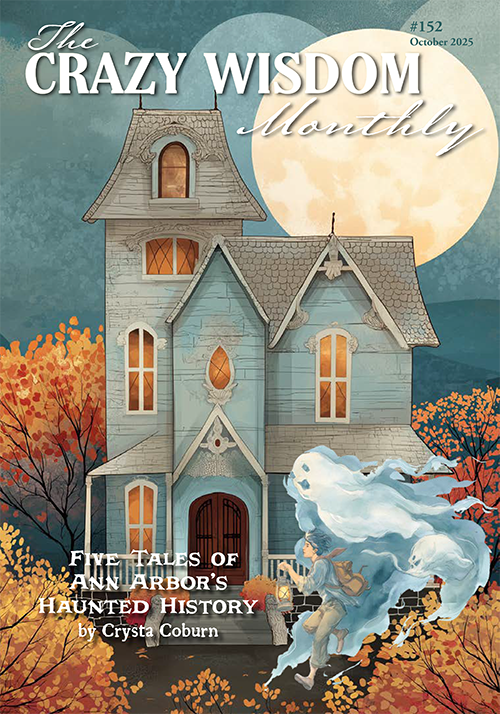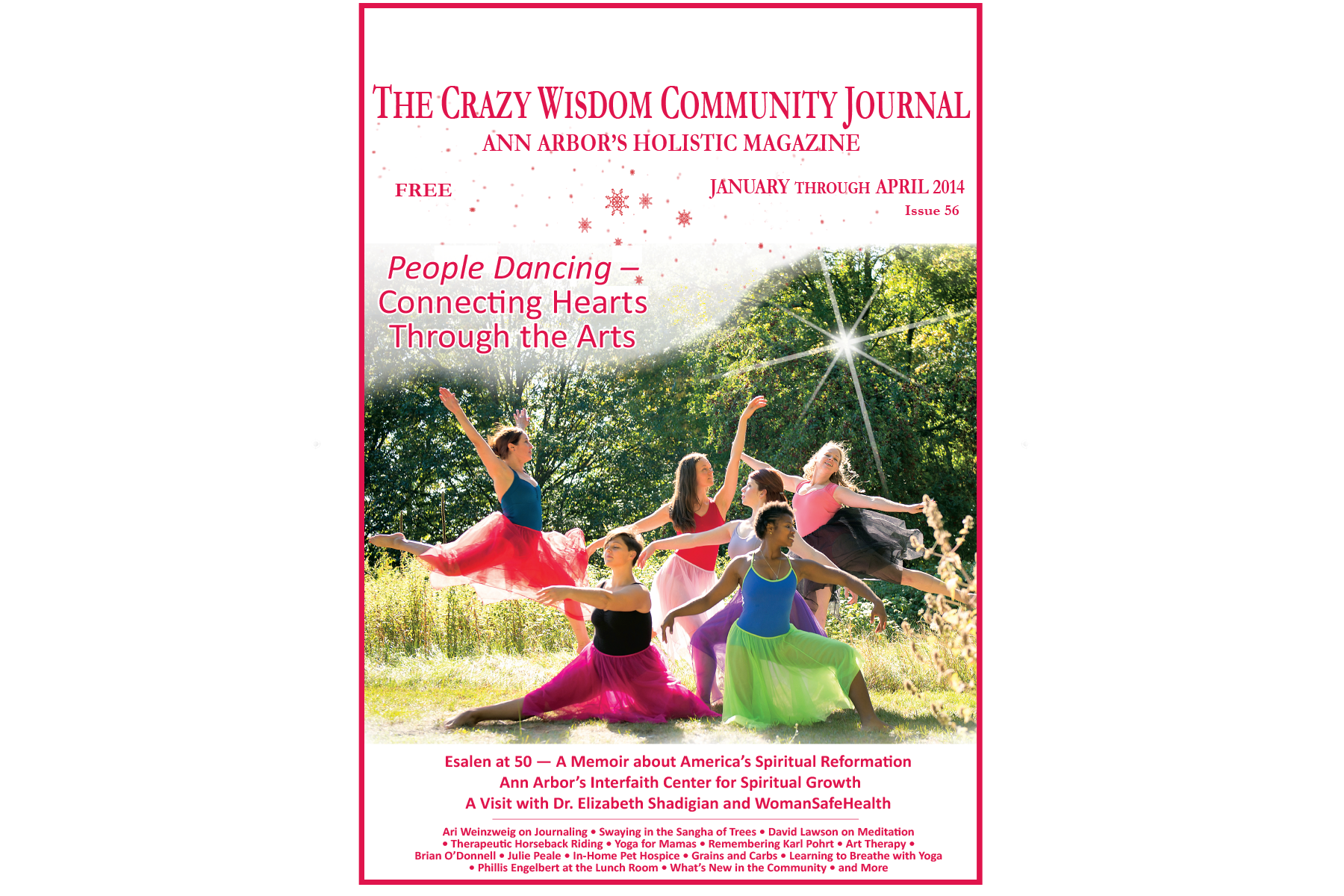By Sam Oakwell
What’s your zodiac sign? If someone’s asked you this, you’ve probably answered with your sun sign–the zodiac sign the sun was in at the time of your birth. According to a recent Harris poll, 95% of Americans know their sun sign and almost two-thirds believe that their sun sign is an “accurate description of themselves.”
While your sun sign can certainly speak to aspects of your identity and core self, traditional astrology places equal (and possibly greater!) emphasis on the rising sign. This is the sign that contains the ascendent, which is the degree of the zodiac that was rising in the sky when a person was born. Learning about your rising sign can help you understand your astrological chart in a deeper way and provide crucial insights about how you show up in the world, what areas of life present the greatest strength and difficulties for you, and when key events that will affect your life will happen.
In ancient astrology, the rising sign was called the horoskopos, or “hour-marker,” because it marks the specific time when the heavens came into contact with the earth to bring about your worldly existence. Perhaps for this reason, the Greek word horoskopos can also refer to your entire astrological chart and serves as the root word for the English word “horoscope.” This connection between your rising sign and the nature of your overall chart is also apparent if we consider the role the rising sign plays in determining where different signs appear in any given astrological chart.
Astrology divides the chart into twelve houses, each representing a different area of life, such as relationships, career, and home. There are many ways to calculate houses, but the system most favored by the ancients is what we now call “Whole Sign” houses, which assigns each house to a sign of the zodiac. In this system, the rising sign will always correspond to the first house, with the rest of the houses corresponding to signs following the first house in the order the sun, moon, and planets move through them. For example, if your first house is Aries, your second house will be Taurus, your third house will be Gemini, and so on. Your rising sign thus determines which zodiac sign all of the houses in your chart correspond to.
As opposed to your sun sign, which can symbolize the nature of your inner light, your rising sign speaks more to how you interact with the world and are perceived by others. For example, someone with a Leo sun might feel bold, confident, and creative at their core, but if they have Virgo as their rising sign, they could generally come across to others as more reserved, detail-oriented, and thoughtful. Understanding the interplay between your rising sign and your sun sign can help paint a more complete picture of who you are than you’d get by only considering your sun sign.
Knowing your rising sign can also lend more context to how your sun sign might express itself, relative to the rest of your chart. As I mentioned earlier, your rising sign determines the house that each sign corresponds to in the Whole Sign house system. If you know what house your sun is in, you can get a much better sense of how it functions in your overall chart. For instance, if your sun sign corresponds to your twelfth house, which represents things that are hidden or unconscious, then you might be drawn to introspection, spirituality, or behind-the-scenes work, and you might feel as though others are often unaware of your unique contributions. On the other hand, if your sun sign corresponds to your first house, which would make it the same as your rising sign, then you might seem naturally charismatic and accept leadership positions with relative ease. Your rising sign thus acts as a guide for understanding not just how you present yourself but also how the rest of your chart—including your sun sign—fits into the larger picture.
You can learn even more about your rising sign by considering its planetary ruler, which is often called your “chart ruler.” In traditional astrology, each sign is associated with a planet, which is said to rule it. For example, Virgo is ruled by Mercury, Libra by Venus, and Scorpio by Mars. The planet ruling your rising sign is thought to act as the captain of your chart, steering your life’s direction. By paying attention to the position of that planet in your natal chart and looking at how it moves through the sky, you can gain additional insight into areas of life and periods of time that will be significant for you.
Finding your rising sign is simple with the right tools. All you need is your birth date, time, and location, which should be as exact as possible. With this information, you can use free astrology websites like Astro.com or AstroSeek.com to calculate your full natal chart in the Whole Sign house system, including your rising sign. The chart calculated by these tools will also display your houses and the positions of each planet in your chart, including your sun and your chart ruler. This should help you gain a more nuanced level of familiarity with your chart, going beyond just knowing your sun sign.
Sam Oakwell has been fascinated by the stars and planets since he was a small child and studied philosophy, classics, and the history of astronomy in academic settings. Oakwell approaches readings through a grounded, compassionate, and humanistic perspective aimed at opening doors and indicating possibilities for the client.
To learn more about what your rising sign and overall chart reveals about you from the perspective of ancient and medieval astrology, consider booking a reading with Sam Oakwell at oakwellastrology.com. He can also answer questions about specific areas of your life, including career, finances, and romantic relationships, and guide you through timing techniques like annual profections, transits, and solar returns which can help you understand what the year ahead has in store.



